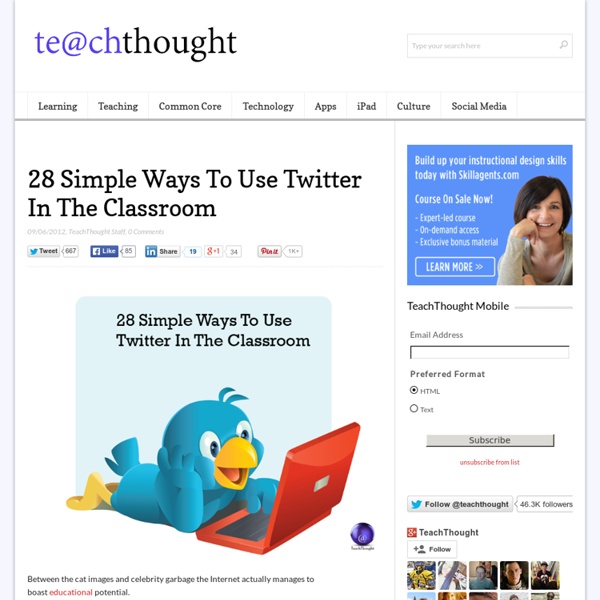



Understanding Rubrics by Heidi Goodrich Andrade Understanding Rubrics by Heidi Goodrich Andrade Authentic assessments tend to use rubrics to describe student achievement. At last, here’s clarity on the term. Every time I introduce rubrics to a group of teachers the reaction is the same — instant appeal (“Yes, this is what I need!”) What Is a Rubric? A rubric is a scoring tool that lists the criteria for a piece of work, or “what counts” (for example, purpose, organization, details, voice, and mechanics are often what count in a piece of writing); it also articulates gradations of quality for each criterion, from excellent to poor. The example in Figure 1 (adapted from Perkins et al 1994) lists the criteria and gradations of quality for verbal, written, or graphic reports on student inventions — for instance, inventions designed to ease the Westward journey for 19th century pioneers for instance, or to solve a local environmental problem, or to represent an imaginary culture and its inhabitants, or anything else students might invent.
Bounce – A fun and easy way to share ideas on a webpage 46 Tools To Make Infographics In The Classroom Infographics are interesting–a mash of (hopefully) easily-consumed visuals (so, symbols, shapes, and images) and added relevant character-based data (so, numbers, words, and brief sentences). The learning application for them is clear, with many academic standards–including the Common Core standards–requiring teachers to use a variety of media forms, charts, and other data for both information reading as well as general fluency. It’s curious they haven’t really “caught on” in schools considering how well they bridge both the old-form textbook habit of cramming tons of information into a small space, while also neatly overlapping with the dynamic and digital world. So if you want to try to make infographics–or better yet have students make them–where do you start? The 46 tools below, curated by Faisal Khan, are a good place to start.
Rubrics to the Rescue By Melissa D. Henning, M.Ed. Read this teacher-friendly article for an overview of the rationale for using rubrics and tools and tips for implementing rubrics as an assessment tool in your classroom. What Are RubricsWhy Use Rubrics? Top 50+ Academic Blogs for Teachers and Educators If you are an academic or interested in the world of academia the blogs below will be of tremendous help for you. As a teacher and post graduate student myself, I spend an enormous amount of time reading articles from these blogs. I have learned a lot from them particularly regarding my thesis. I highly recommend them for you. I am not sure who initiated this list in Google Docs but the work is in progress and if you have other suggestions, feel free to share them. Blogs on Academic Blogging Other advice on Blogging:
25 Useful Tools for Instagram Instagram needs no introduction as it is one of the most popular online photo sharing apps nowadays and has got a huge and loyal user base. It allows sharing your photos instantly online. Instagram is very addictive and interesting and people from all over the world use Instagram. It was first launched as an app for iPhone and was a huge success. Its Android app was also launched last year which has added to the popularity and success of this app. The reason for Instagram being such a hit is its simplicity and the awesome features it offers. Many awesome apps are available out there that can help you enhance your Instagram experience or do some amazing things with your pictures. Hashgram Advertisement This one is a very simple yet useful tool that allows you to search by user or hashtags. PrintsGram PrintsGram provides printable .pdf files from your instagram photos, and allows creating posters, stickers, photo cubes of your design. Instabackground InstaGrafic Printstagram InstaDM MoPho
How Do Rubrics Help? Rubrics are multidimensional sets of scoring guidelines that can be used to provide consistency in evaluating student work. They spell out scoring criteria so that multiple teachers, using the same rubric for a student's essay, for example, would arrive at the same score or grade. Rubrics are used from the initiation to the completion of a student project. They provide a measurement system for specific tasks and are tailored to each project, so as the projects become more complex, so do the rubrics. Rubrics are great for students: they let students know what is expected of them, and demystify grades by clearly stating, in age-appropriate vocabulary, the expectations for a project. Teacher Eeva Reeder says using scoring rubrics "demystifies grades and helps students see that the whole object of schoolwork is attainment and refinement of problem-solving and life skills." Rubrics also help teachers authentically monitor a student's learning process and develop and revise a lesson plan.
Bell Ringer Activities and Tips for Starting a Class On the Right Note written by: Noreen Gunnell • edited by: Wendy Finn • updated: 1/20/2012 Starting each class successfully can be challenging for any teacher, but especially when dealing with class changes and students hurriedly pausing conversations and finding their seats. One way to tackle this challenge is the use of motivational devices such as bell ringer activities. Why use Motivational Devices?